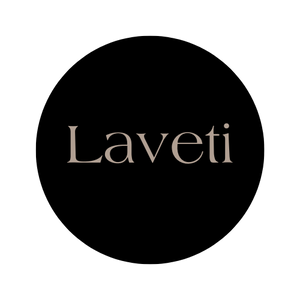General Practices Today
THE FUNERAL
On the day when the funeral gathering begins, people bear gifts as a token of their mourning. The deceased’s side await this, receive and acknowledge it the traditional way. Then they reciprocate with an offering of ‘isevusevu’ or dry kava roots. It is common for very close relatives to arrive first at the funeral gathering so they can be part of the hosting team waiting for others to pay their respects. Mourners arrive in groups and each knows the appropriate gift to give. Some give a bundle of mats called VIVIVI comprising different sized mats with a tapa piece in it. Some also present fresh pork or beef. This will be drawn out until the scheduled time and date for the burial service in Church.
In parts of Ba, Nadrova, Serua and the western side of Vitilevu, a reed or a dry tree branch is taken to the closest relatives of the deceased by the messenger dispatched to relay the message. Upon arriving, as soon as all are seated and quiet, he breaks the reed or branch in their presence. This gesture is to prepare the relatives to brace themselves first emotionally. After that, the message is relayed verbally.
Electricity is part of modernization and in Fiji this introduced hospital care and morgue services. And with morgue services came a gradual rise in the burdens and trappings that mark modern iTaukei funerals today both in Fiji and abroad. These are unavoidable because culture is dynamic and evolves. The basic principles or concepts remain but its manifestation and expression has expanded very rapidly. In fact, it may come as no surprise to find a lot of ‘borrowed trappings’ that may appeal to one’s pride and ‘ keeping up with the Joneses’ but taking a huge emotional and financial cost on the close relatives of the deceased.
Nonetheless, here are some very general steps or processes that have become part of modern Fijian funerals. The word “general” is intended because variations exist based on finances, locality and the solidarity of a large family.
MATE
Once a person passes away, the spouse or mother spreads a mat for the corpse to lie on before any protocols begin. Then the closest relatives will meet as speedily as possible to map out the required customs and protocols, the feasts to be prepared, the day for the funeral to begin and the burial date. Once all these are established, notices of death are then dispatched. These notices follow old time-honored channels of family and traditional relations and it is relayed in person. The messenger does not take anything. If it is a chief or a high ranking person, the message will be dispatched via traditional channels.
The message to the deceased’s maternal kin however it conveyed with kava roots because these are the most important mourners.
TATAU
This is not the Samoan tattoo. It is rather the final parting remarks of one who is on his/her death bed particularly if stricken ill for a long time. This is equivalent to the western bequeathing of property in Wills and Testaments. In villages, it is called COLAIRARA where the person allots a portion of his land to the person who cared for him throughout the illness. The land apportioned is not to be owned but more for access to use for planting or ‘for collecting firewood’ as is said locally.
When death is imminent, the body begins to swell. In Bau, Nadroga and Lau it is known as VAKAVODO. In Rewa it is known as VAKAIQALOQALO. The mat upon which the person breathed his/her last is called in Lau as IDROMUYAGA.
Source: Simione Sevudredre






